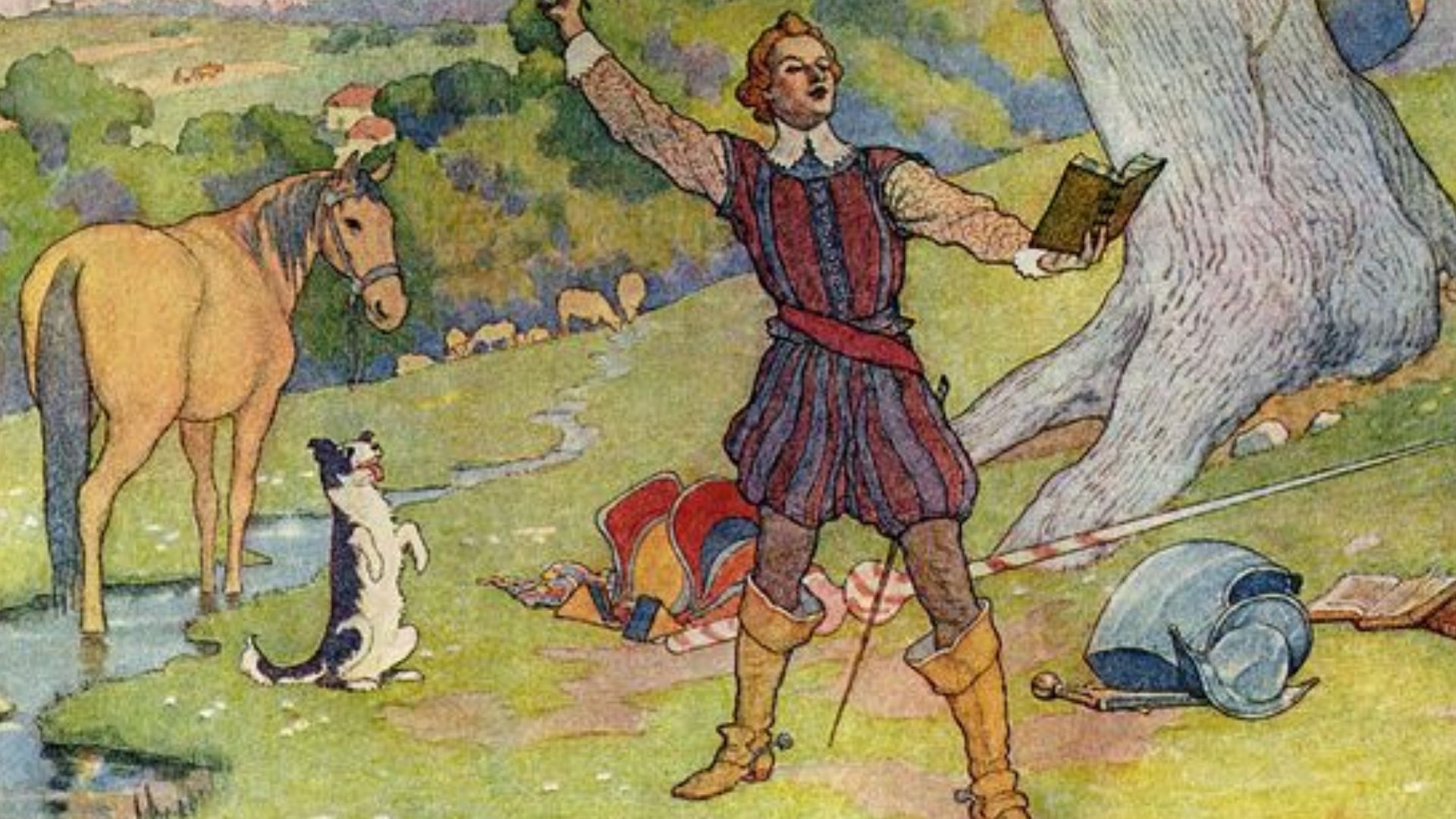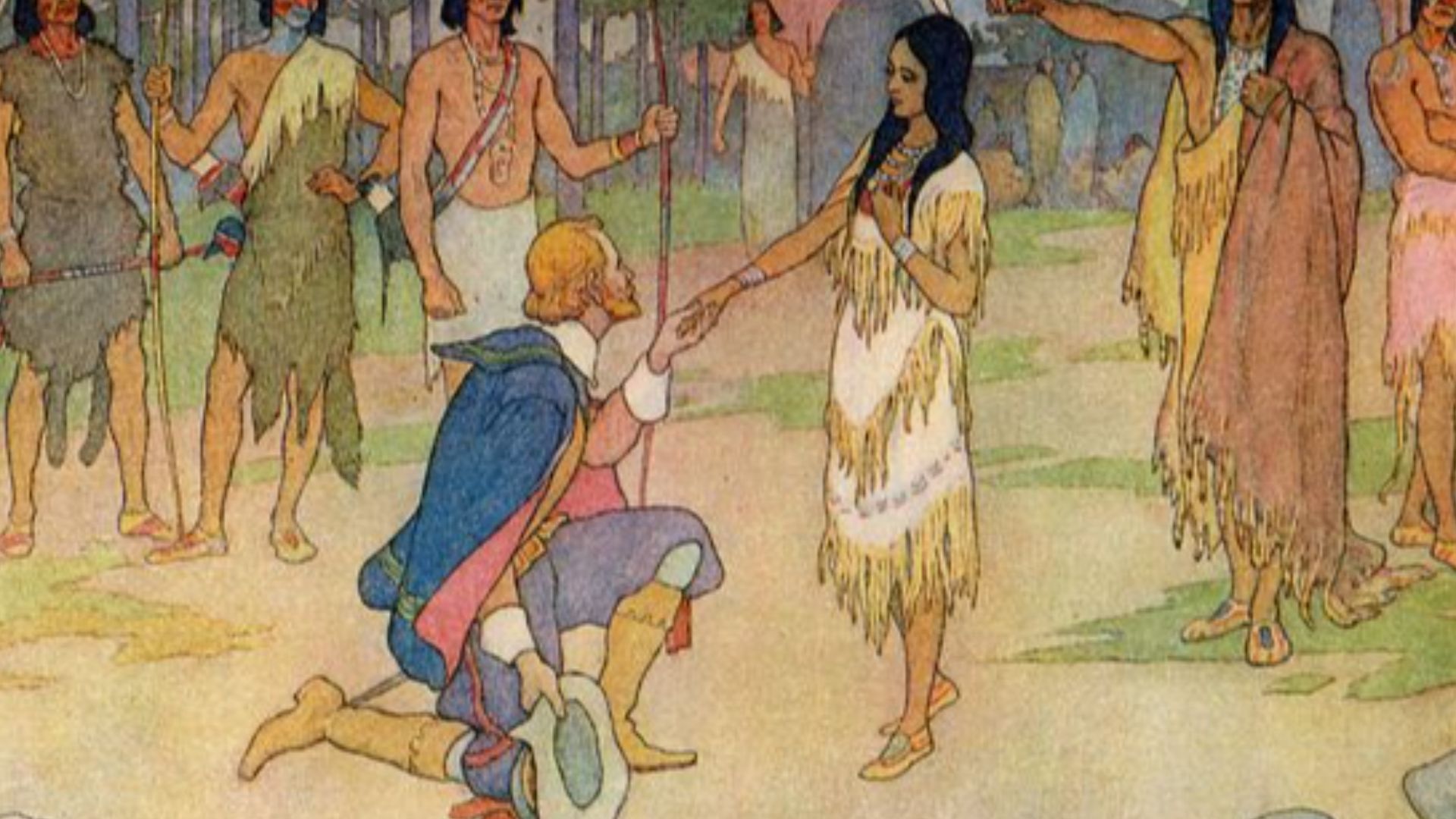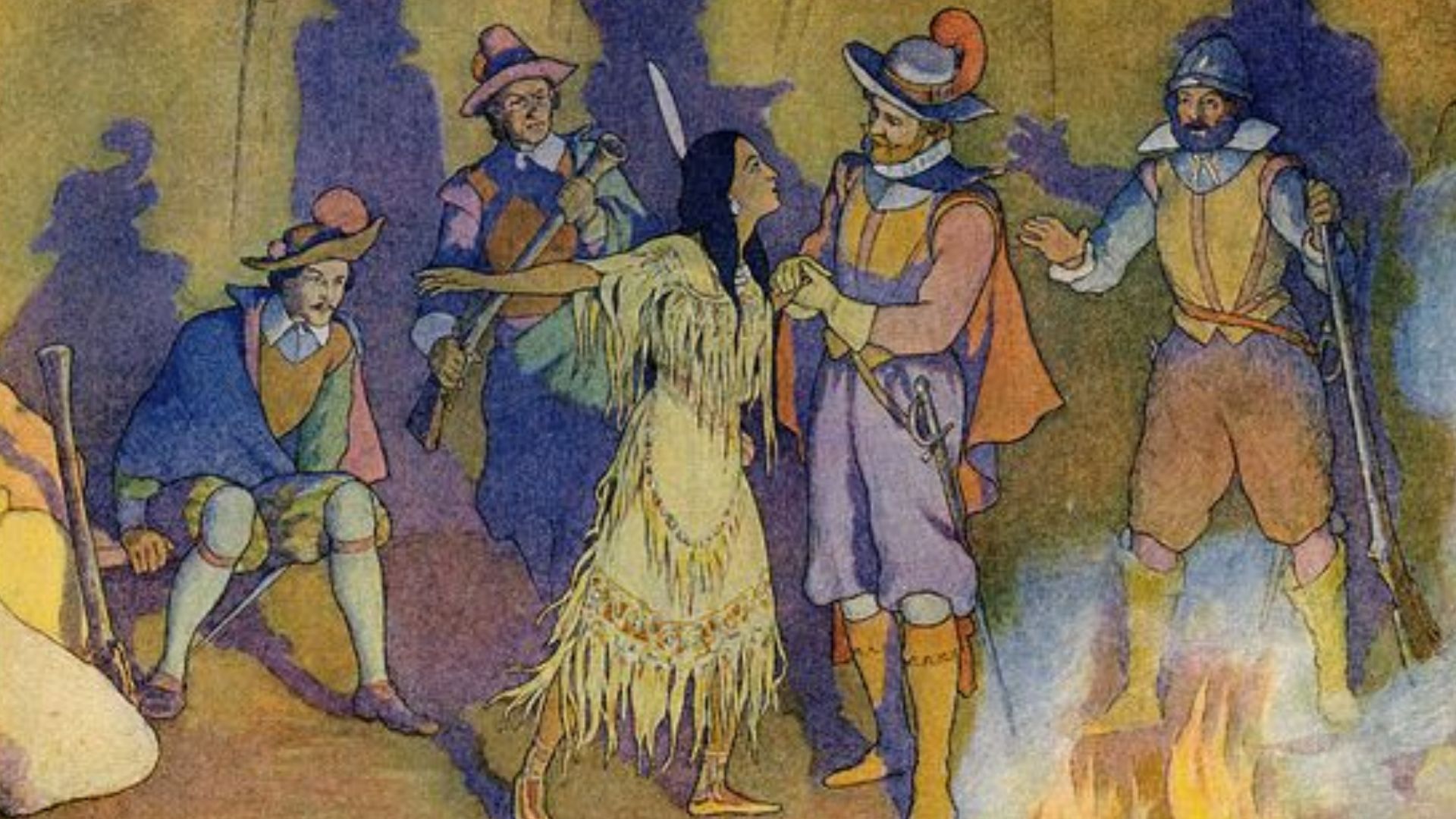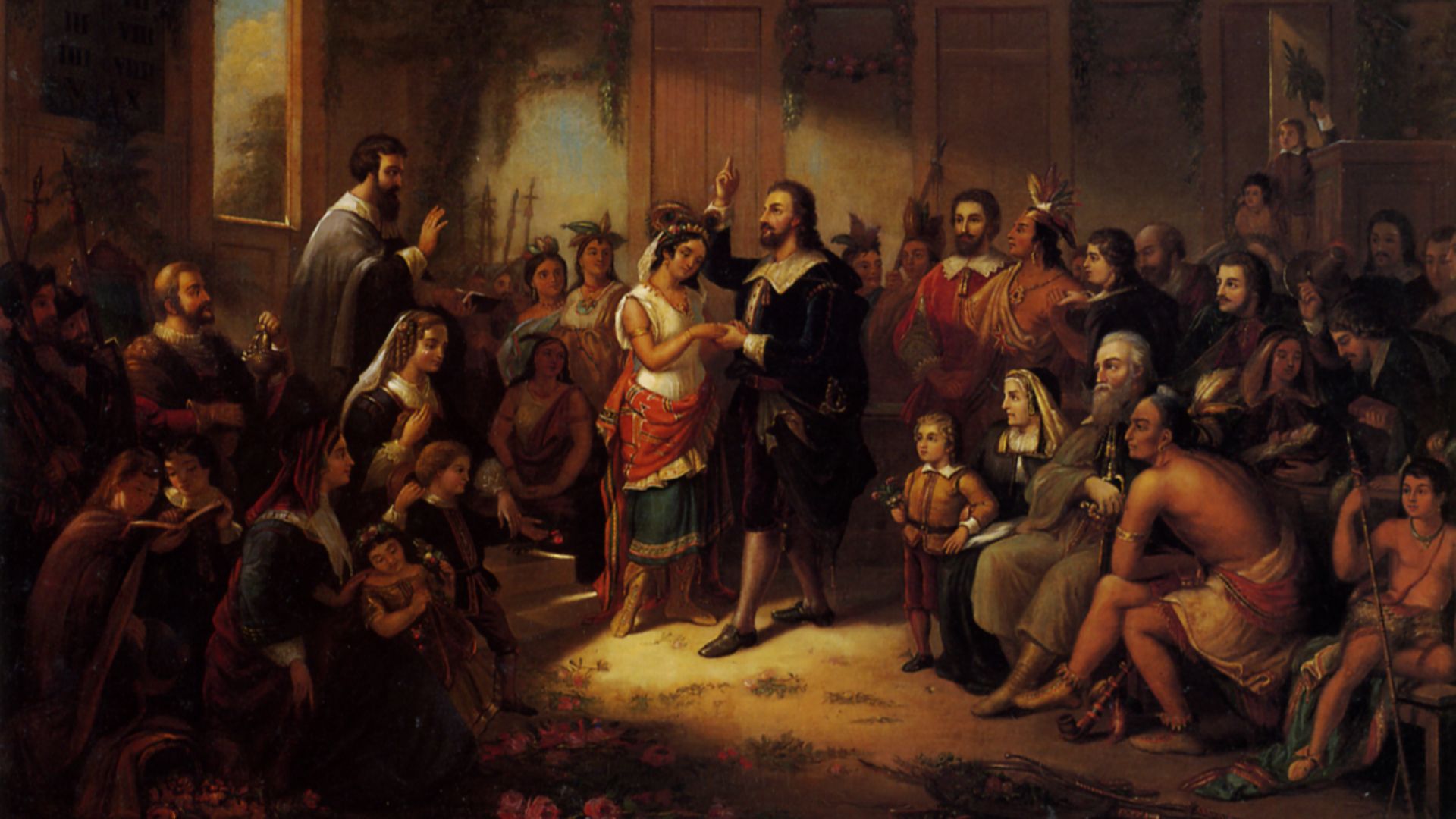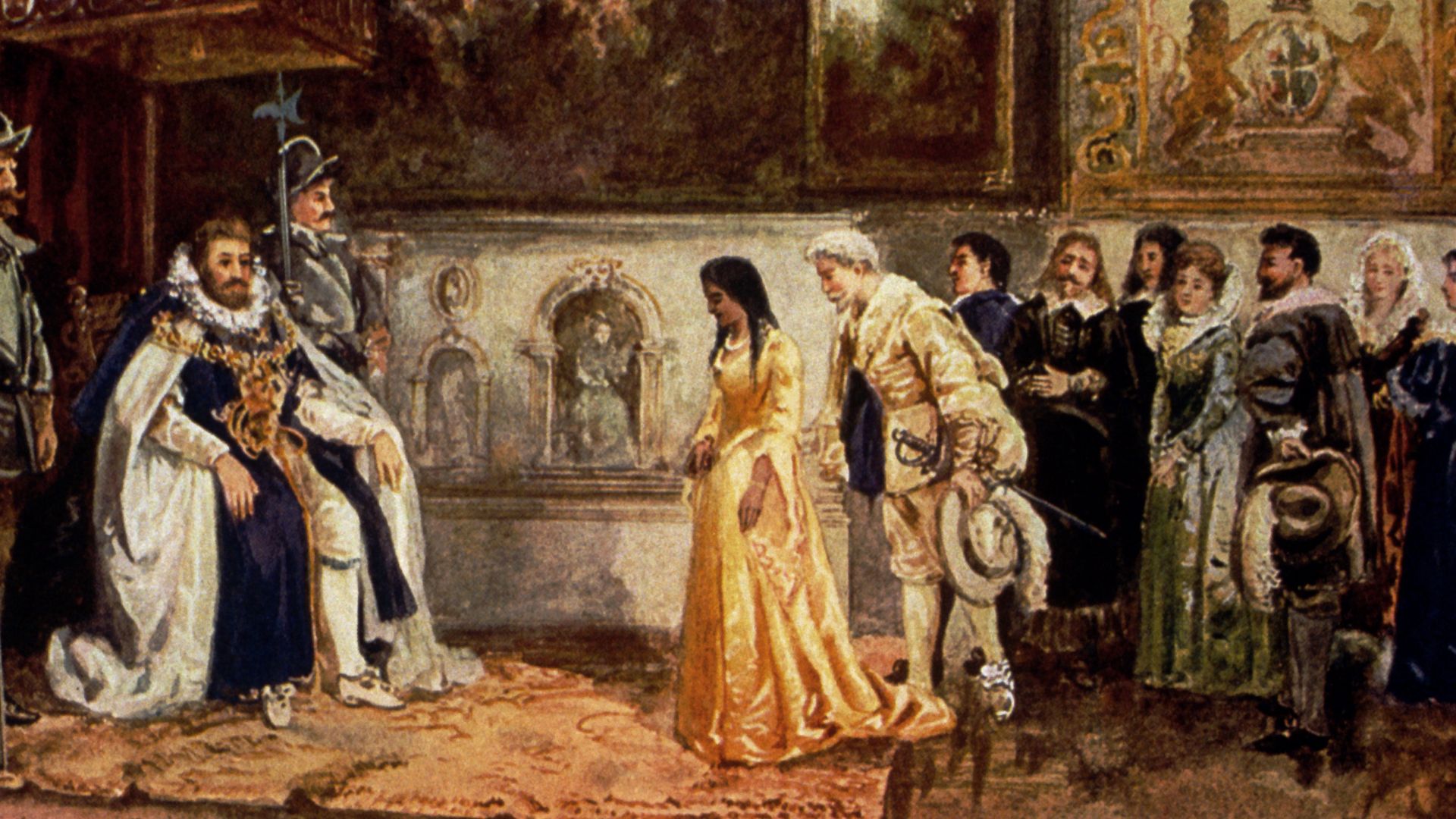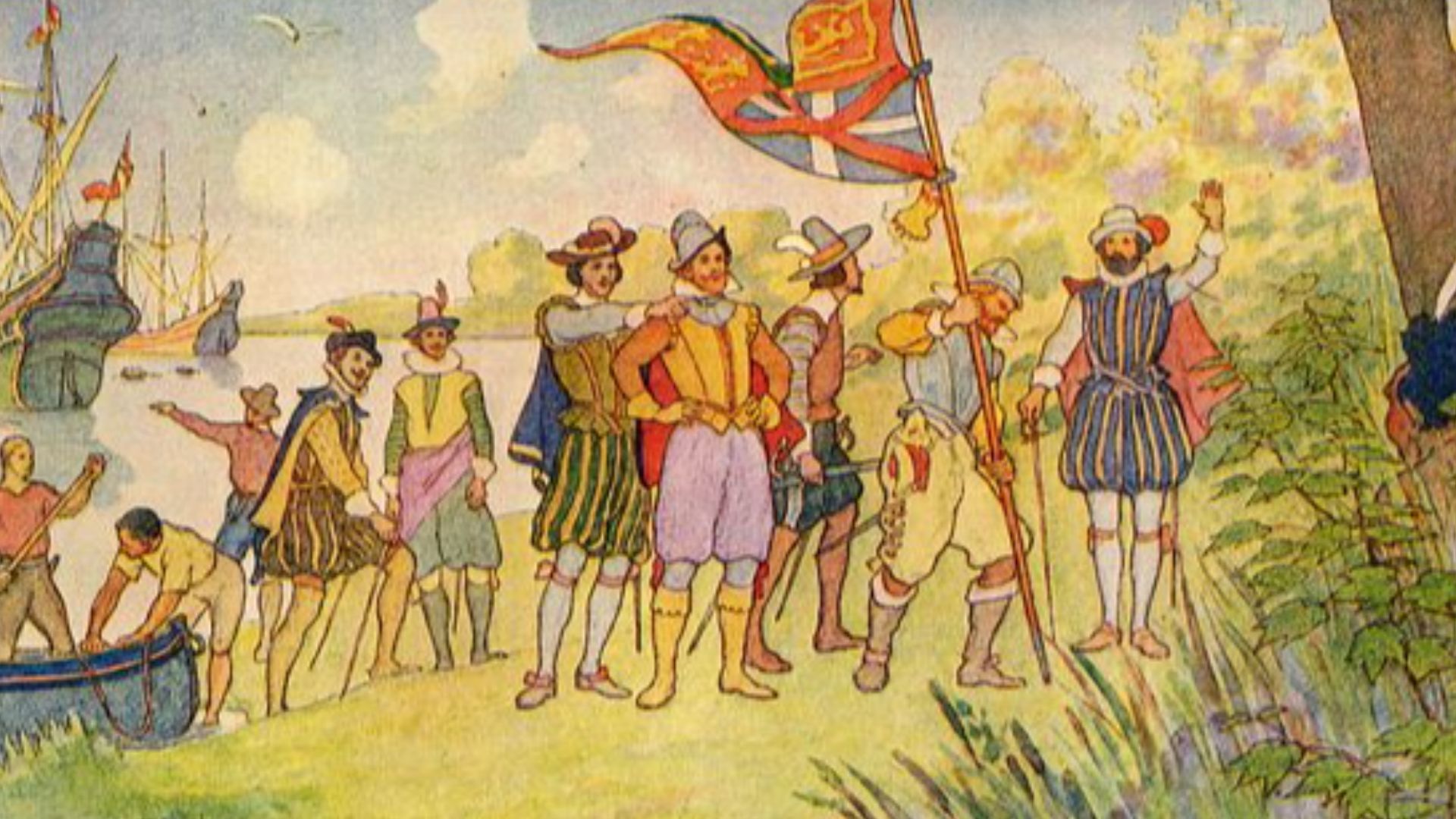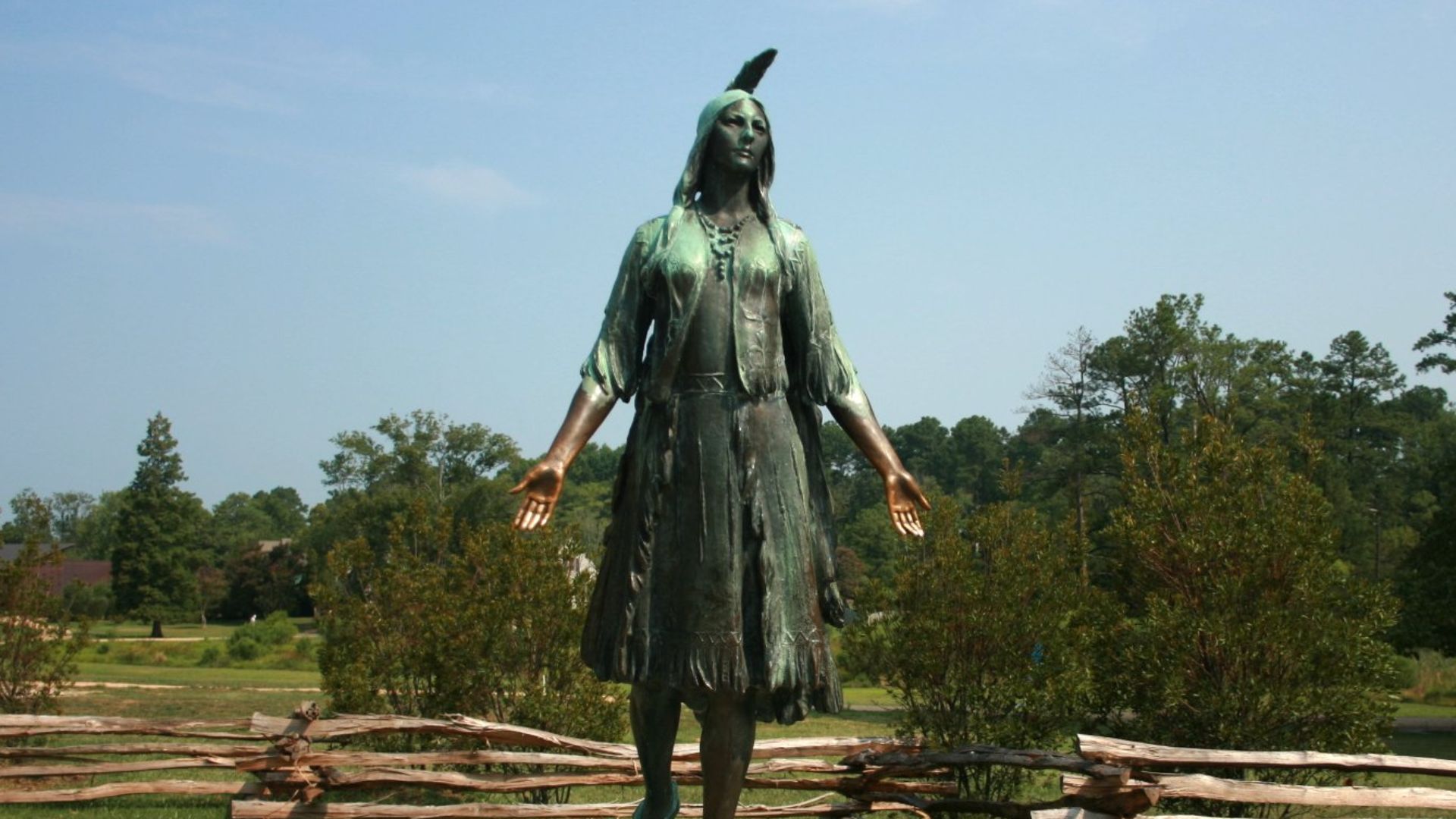Not A Fairytale: 20 Facts About The Real Story Of Pocahontas
The Version You Didn't Hear
Once a name enters legend, truth has a hard time keeping up. Pocahontas is one of those names. Over the centuries, her life has been rearranged and romanticized. That version still shows up today, but the full story is different. Here, we highlight 20 facts that show you the reality.
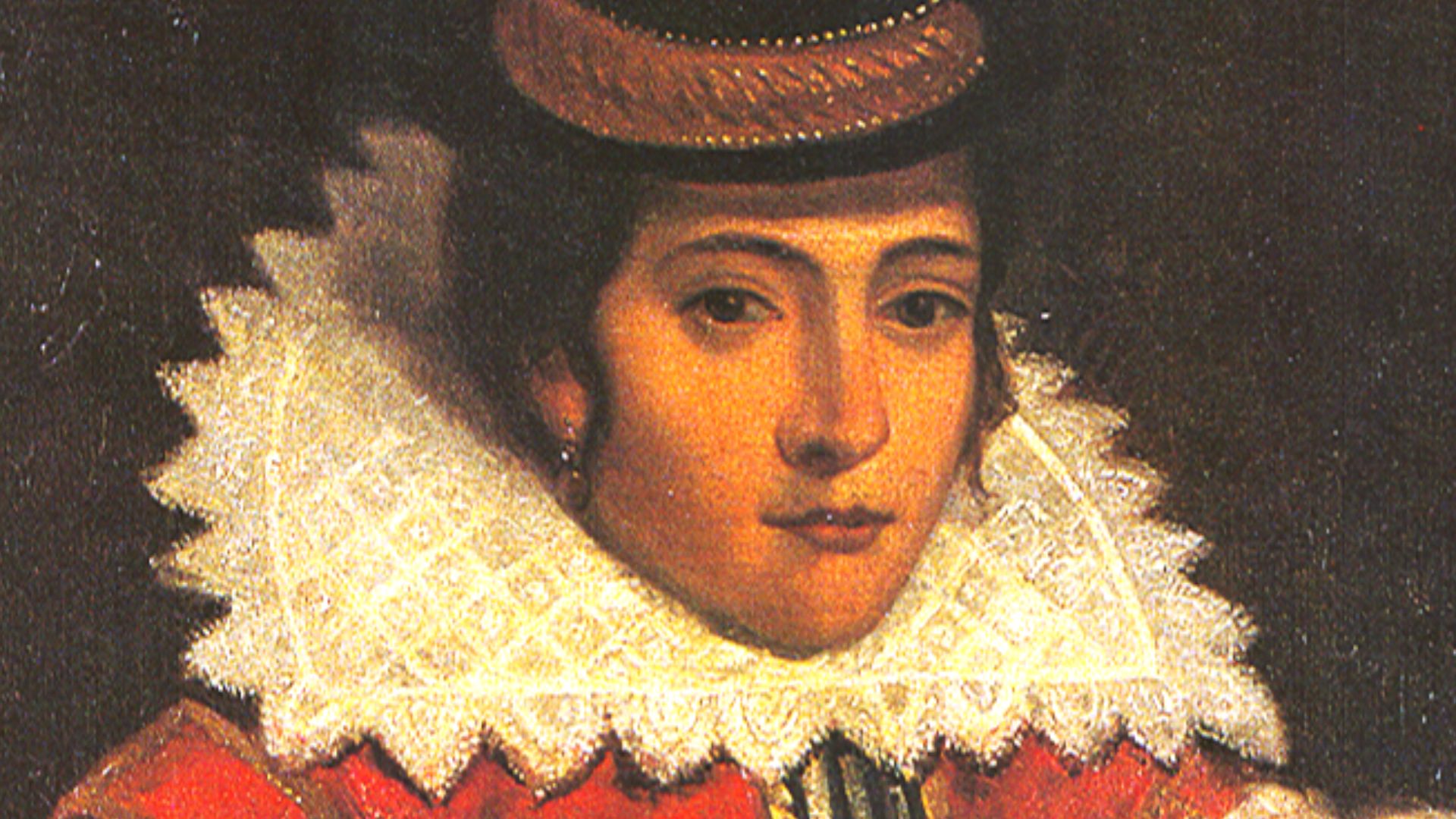 After Simon van de Passe on Wikimedia
After Simon van de Passe on Wikimedia
1. Pocahontas Was A Nickname Meaning "Playful One"
Among the Powhatan, names carried deep cultural power. "Pocahontas" was a teasing nickname meaning "playful one." Her real name, Matoaka, was kept secret to shield her spirit. Colonists never knew her true identity nor understood the spiritual weight of name concealment.
2. She Was Around 10 To 12 Years Old When She Met John Smith
Contrary to Disney's telling of the story, the English arrived in Tsenacommacah when Pocahontas was barely a preteen, no older than 12. She met John Smith in 1607 as a curious child, though the exact age is not certain.
3. The Story Of Her Saving John Smith Is Likely A Myth
What John Smith described as a dramatic rescue may have been a Powhatan ritual. He claimed Pocahontas saved him from execution, but no Native account supports this. Most scholars now interpret it as a staged ceremony.
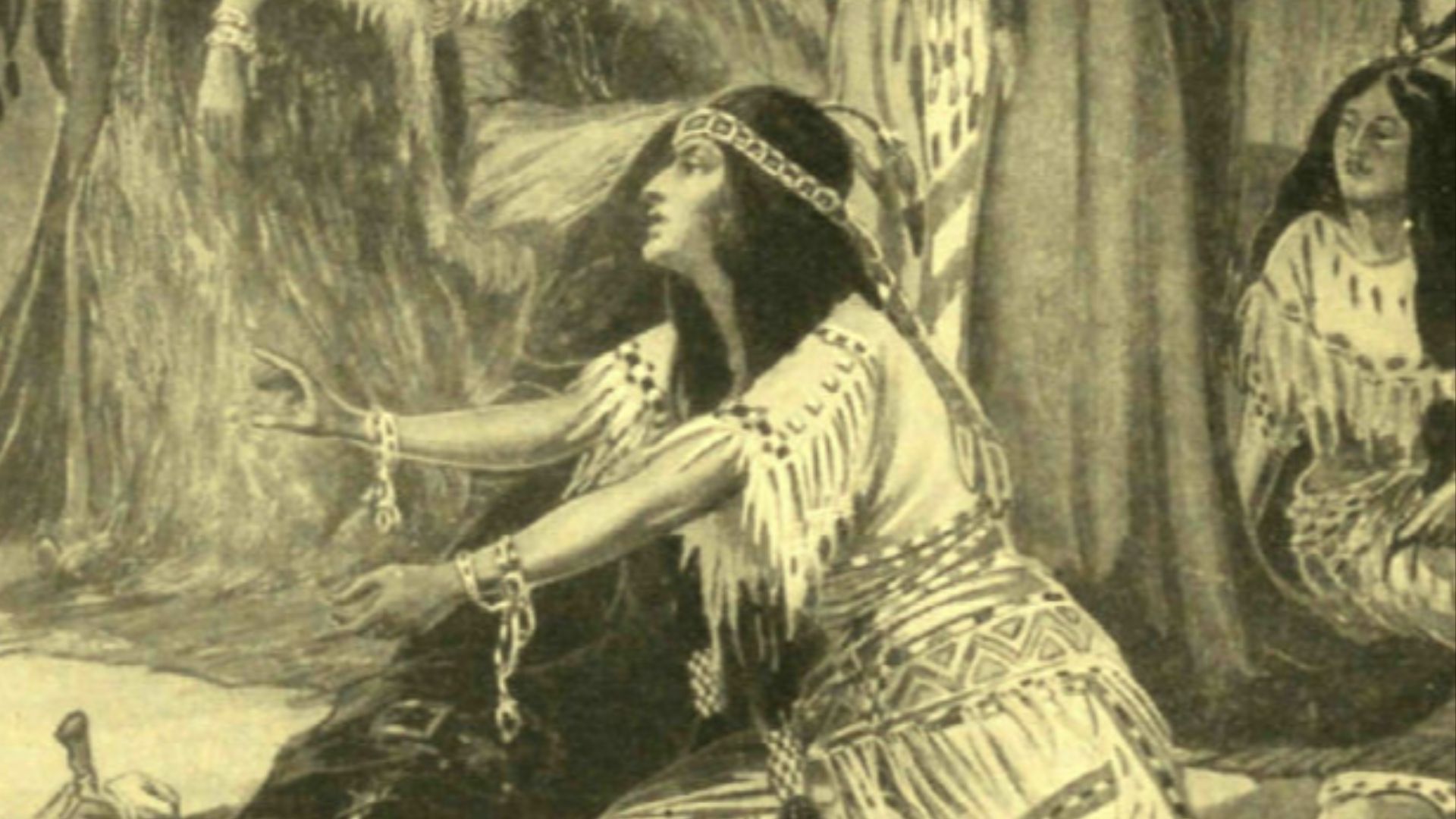 George Alfred Williams on Wikimedia
George Alfred Williams on Wikimedia
4. She Was Kidnapped By English Colonists
English Captain Samuel Argall captured Pocahontas in 1613 by luring her onto a ship. Her capture was a calculated move to pressure Chief Powhatan. During captivity, she was held at Henricus and used as a bargaining tool in political negotiations.
5. She Converted To Christianity
Following months of captivity, Pocahontas underwent Christian baptism and took the name Rebecca. This transformation wasn't voluntary but reflected colonial efforts to assimilate Natives. Church records from 1614 list her new name, marking her as spiritually "claimed" by English religious authority.
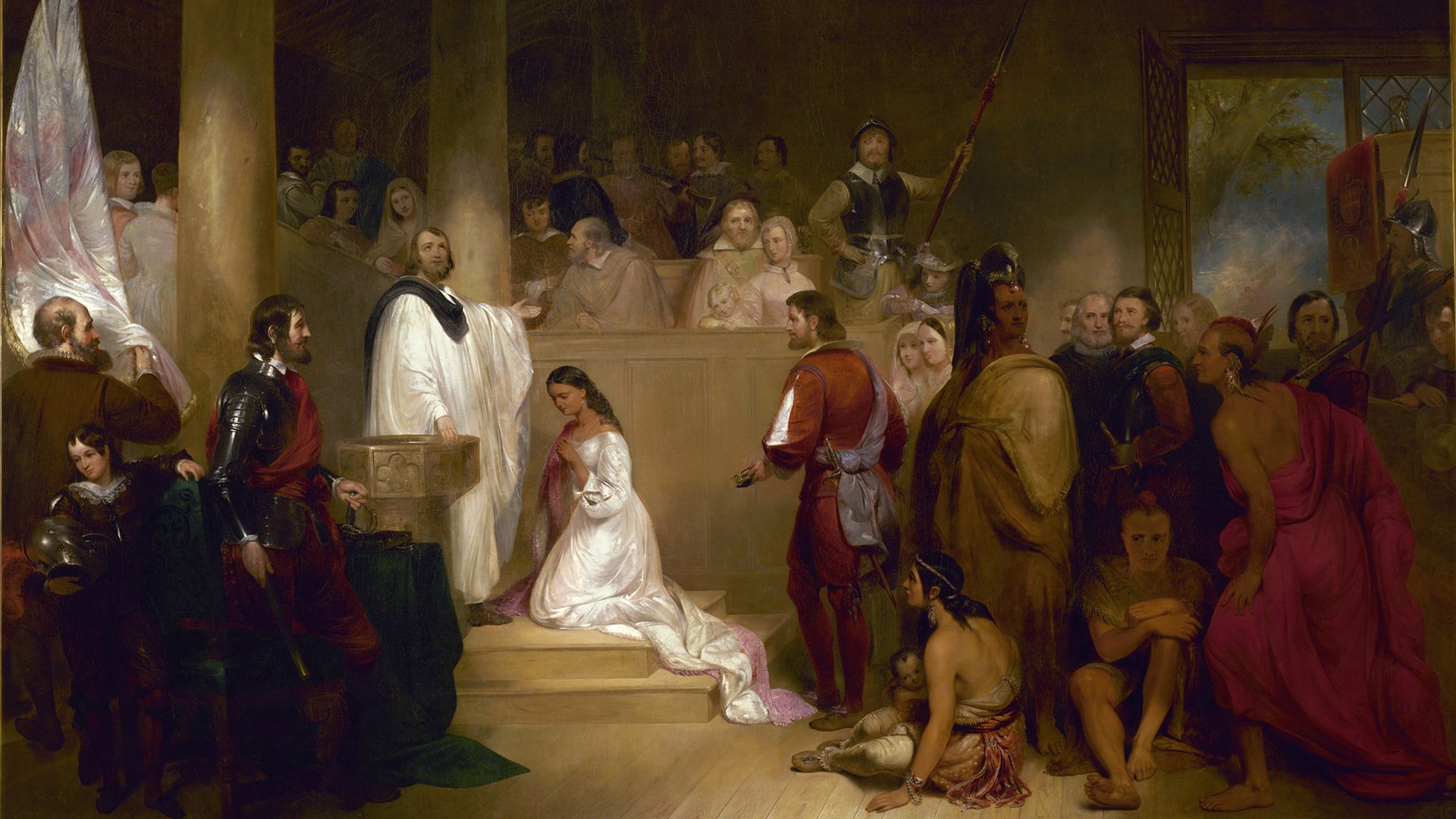 John Gadsby Chapman (photograph courtesy Architect of the Capitol) on Wikimedia
John Gadsby Chapman (photograph courtesy Architect of the Capitol) on Wikimedia
6. Her Marriage To John Rolfe Was Politically Motivated
In 1614, Pocahontas married John Rolfe in Jamestown's Anglican Church. Rolfe sought approval from the governor first, and their union led to the "Peace of Pocahontas," a temporary truce between the English and the Powhatan Confederacy that lasted nearly eight years.
7. She Traveled To England As A Symbol Of The Civilized Savage
Pocahontas reached England in 1616. The Virginia Company paraded her before English society to advertise colonial success. Her portraits showed her in English finery. The journey positioned her as proof of the so-called "civilized" Native potential.
8. She Died In England At Around 21 Years Old
As she prepared to return home, Pocahontas fell ill and died near Gravesend in March 1617. The exact illness remains unknown. She received a Christian burial at St. George's Church, but the site was later destroyed.
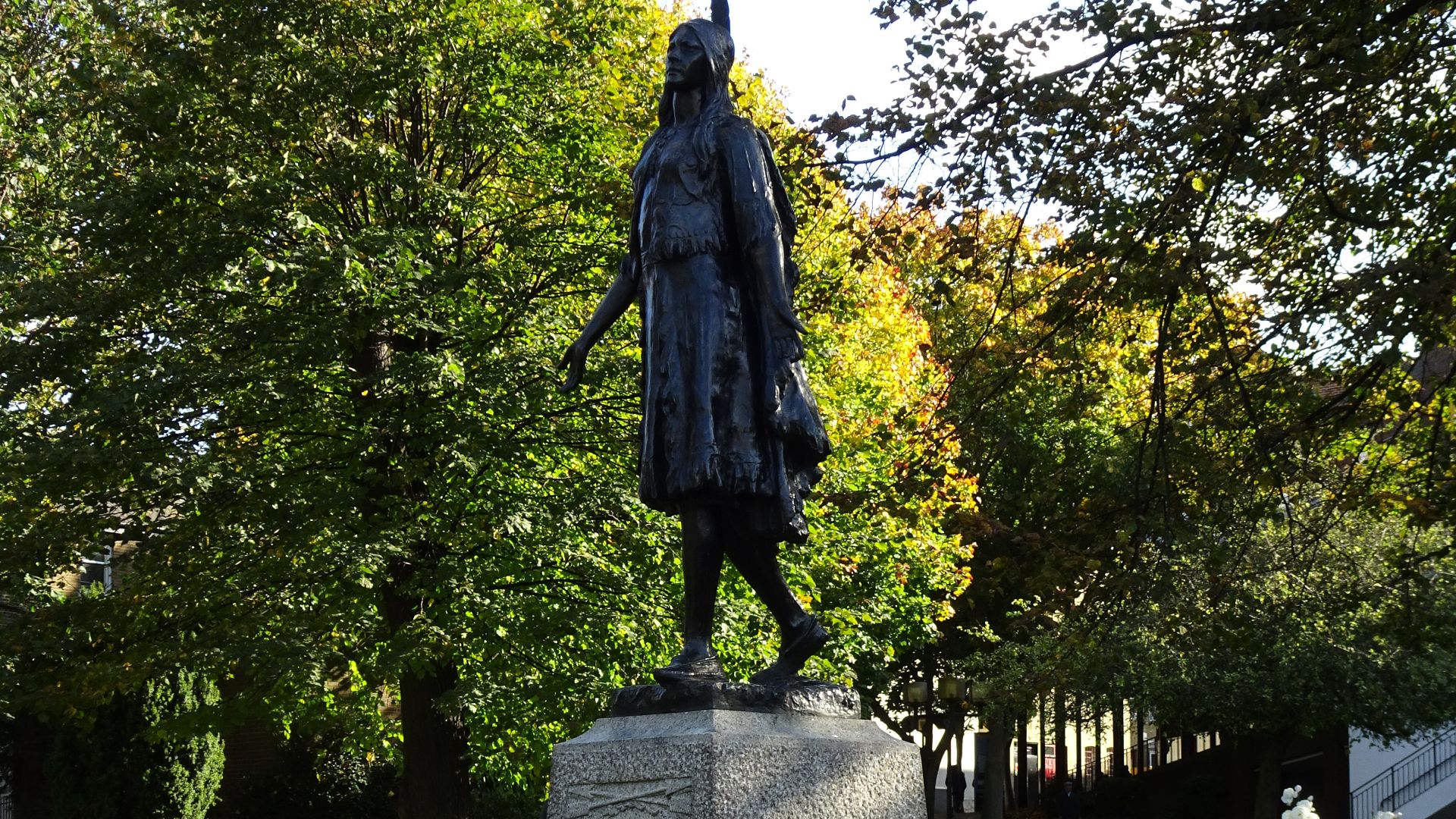 Hugh Llewelyn from Keynsham, UK on Wikimedia
Hugh Llewelyn from Keynsham, UK on Wikimedia
9. Her Grave's Exact Location Is Unknown
Records say where Pocahontas was buried, but this Gravesend church burned down in 1727 and the exact location of her grave vanished with it. A commemorative statue now stands nearby, but no physical remains have ever been recovered.
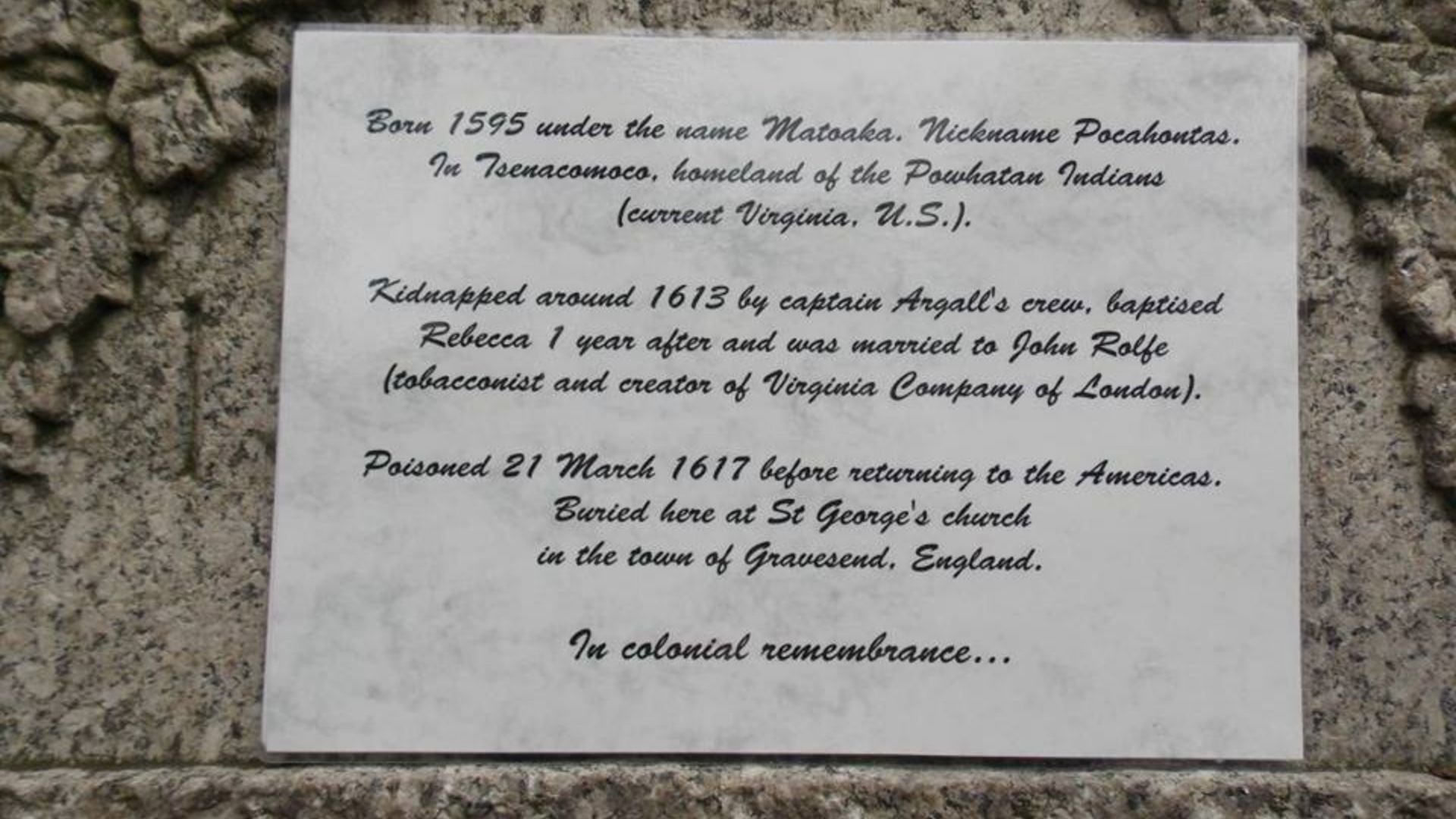 Matoaka.Gravesend on Wikimedia
Matoaka.Gravesend on Wikimedia
10. She Had A Son Named Thomas Rolfe
In 1615, Pocahontas gave birth to Thomas Rolfe, her only child. He later returned to Virginia and became a landowner. Raised as English, he was often viewed with suspicion by both colonists and Natives, caught between two worlds shaped by his mother's legacy.
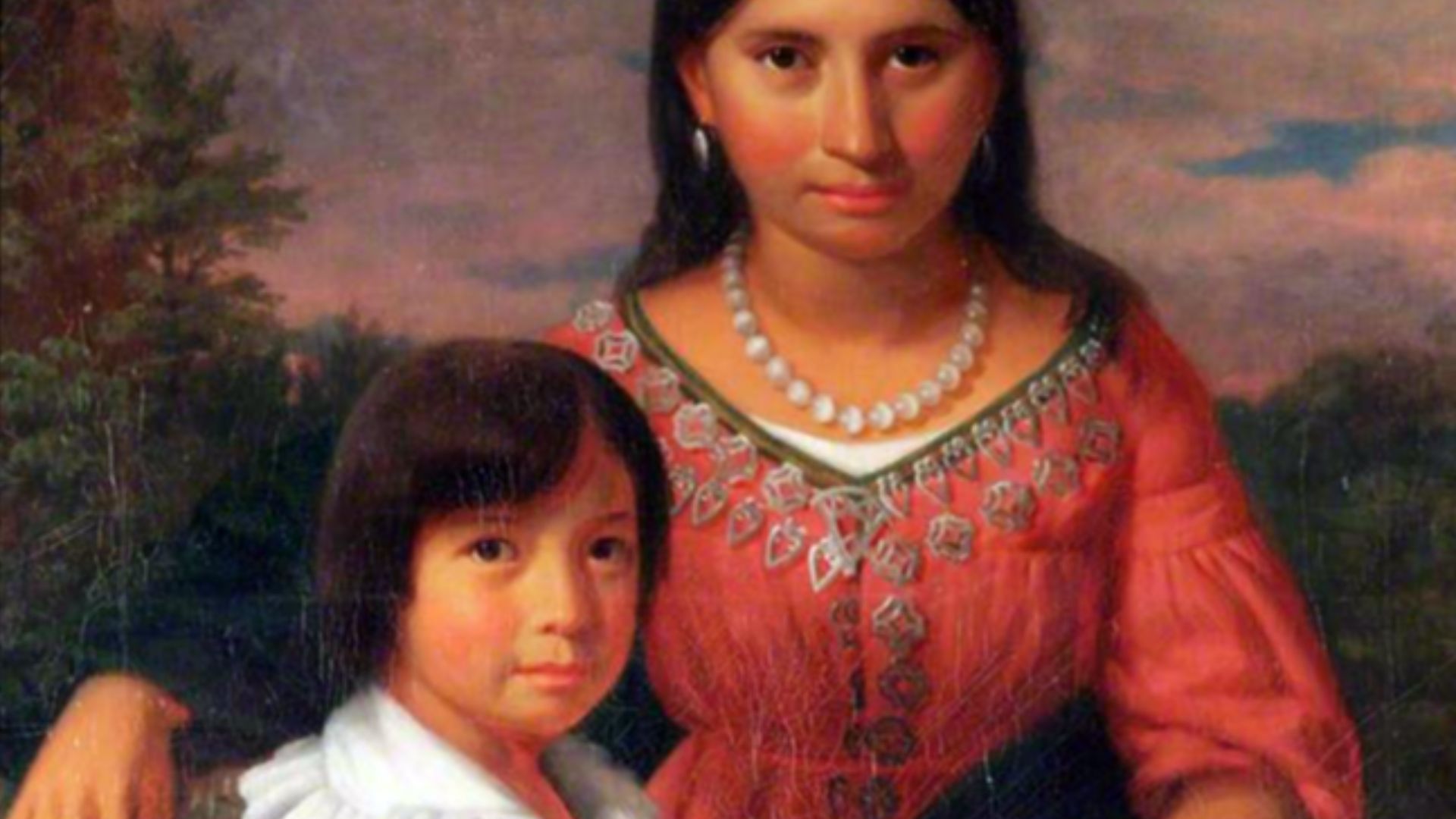 Unidentified painter on Wikimedia
Unidentified painter on Wikimedia
11. She Was Likely Previously Married To Kocoum
Pocahontas may have married a Powhatan warrior named Kocoum, possibly a guard from the Patawomeck tribe, before her capture. Historical details are murky, but oral traditions suggest the union occurred. English sources rarely mention him—another Indigenous name lost to colonial erasure.
 Pocahontas - Pocahontas feeling unsure by Filmboy Ultimate
Pocahontas - Pocahontas feeling unsure by Filmboy Ultimate
12. The Indian Princess Stereotype Is Inaccurate
European titles like "princess" distort Powhatan leadership structures. Pocahontas wasn't royalty—she was the daughter of a paramount chief in a matrilineal society. The term "princess" reflects colonial projections, not Indigenous governance, and fuels stereotypes that reduce Native women to exotic, submissive figures.
13. She Played A Role In The Survival Of Jamestown
During the early years of Jamestown, Pocahontas reportedly brought food to starving colonists. These were political gestures that helped maintain peace. Her presence at English camps signaled temporary goodwill from her father, Chief Powhatan, not unconditional support for English settlement.
14. She Is An Ancestor To Many Notable Americans
Thomas Rolfe's descendants include governors and wealthy plantation families. Many families proudly claimed descent from Pocahontas. Sadly, this was because it helped justify their ownership of land, not because they respected her or the culture she came from.
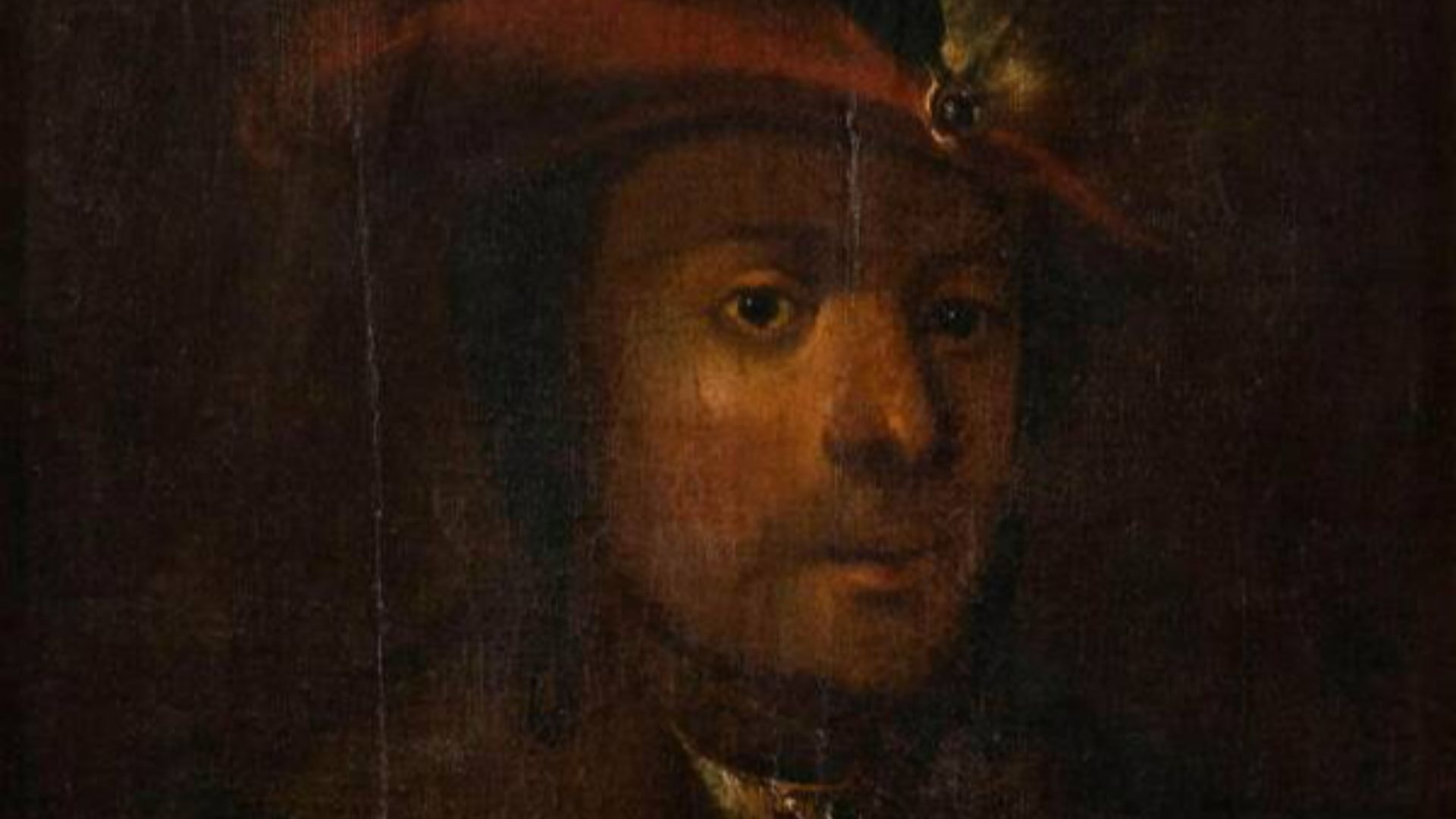 Unknown authorUnknown author on Wikimedia
Unknown authorUnknown author on Wikimedia
15. Her Life Reflects The Struggles Of Indigenous Women
Forced name changes, coerced marriage, and relocation were not isolated events. Pocahontas's life echoes the broader pattern of Indigenous women enduring colonial violence. Her story mirrors the exploitation and other issues that Native women faced then and still fight against today.
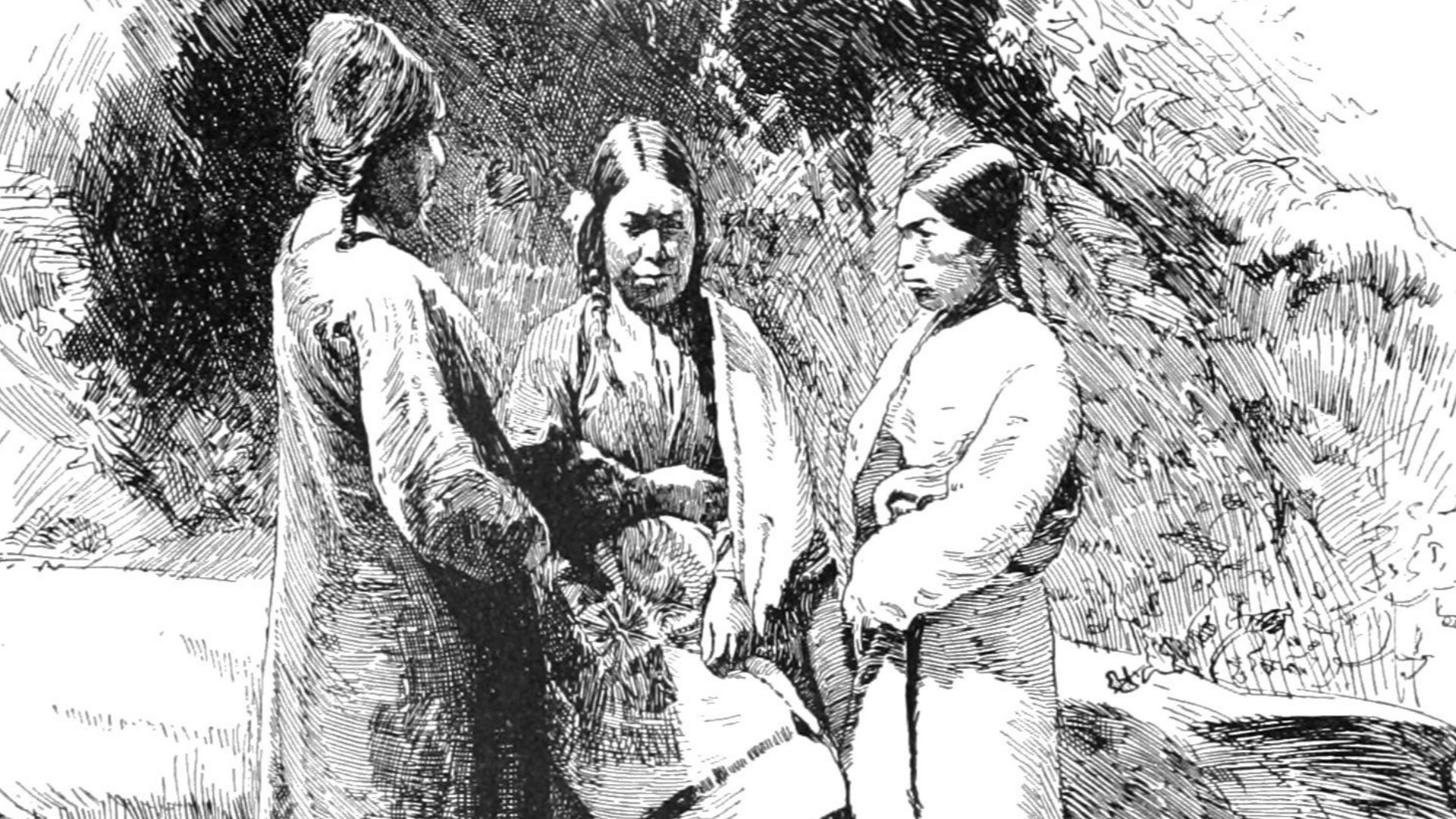 Unknown authorUnknown author on Wikimedia
Unknown authorUnknown author on Wikimedia
16. Her Story Is Central To American Colonial History
Few figures bridge Native resistance and colonial ambition like Pocahontas. Her life links Jamestown's survival to Powhatan diplomacy. You can't understand early American history without her, but you also can't rely on textbooks that make her a romantic fable.
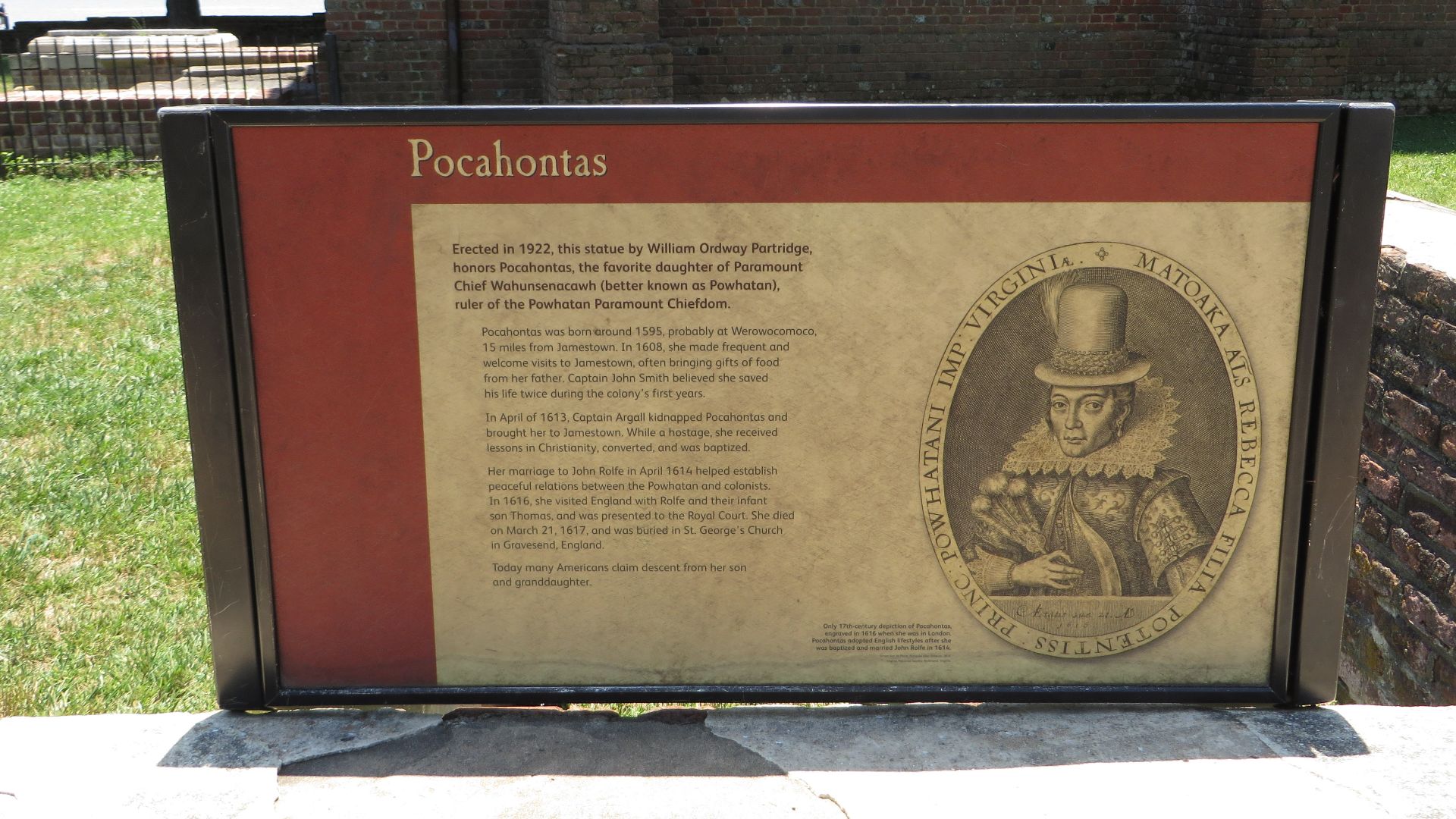 Ken Lund from Reno, Nevada, USA on Wikimedia
Ken Lund from Reno, Nevada, USA on Wikimedia
17. Her Legacy Continues To Spark Debate And Reflection
Educators and Native communities still argue over how to represent Pocahontas—whether as a symbol of peace or a cautionary tale. Classroom materials and museum exhibits continue evolving because how we tell her story says a lot about what we choose to remember.
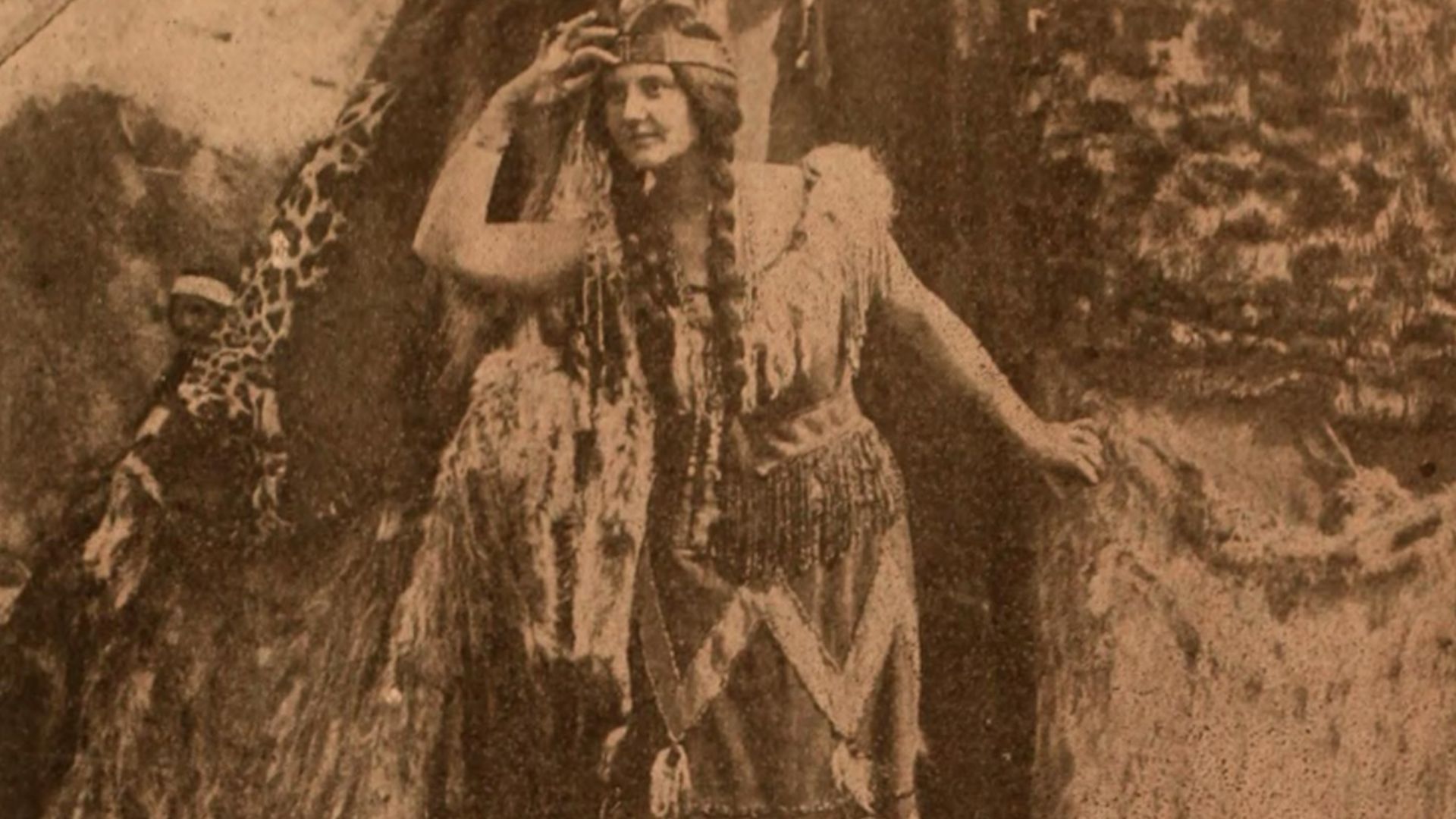 Thanhouser Company (Life time: N/A) on Wikimedia
Thanhouser Company (Life time: N/A) on Wikimedia
18. She Was Presented To English Society As Royalty
In London, Pocahontas dined with nobility and attended court events, introduced as "Lady Rebecca." The English treated her like a princess, and it was a strategy. Presenting her as regal was an attempt to reinforce colonial legitimacy and cast the English conquest as a civilizing mission.
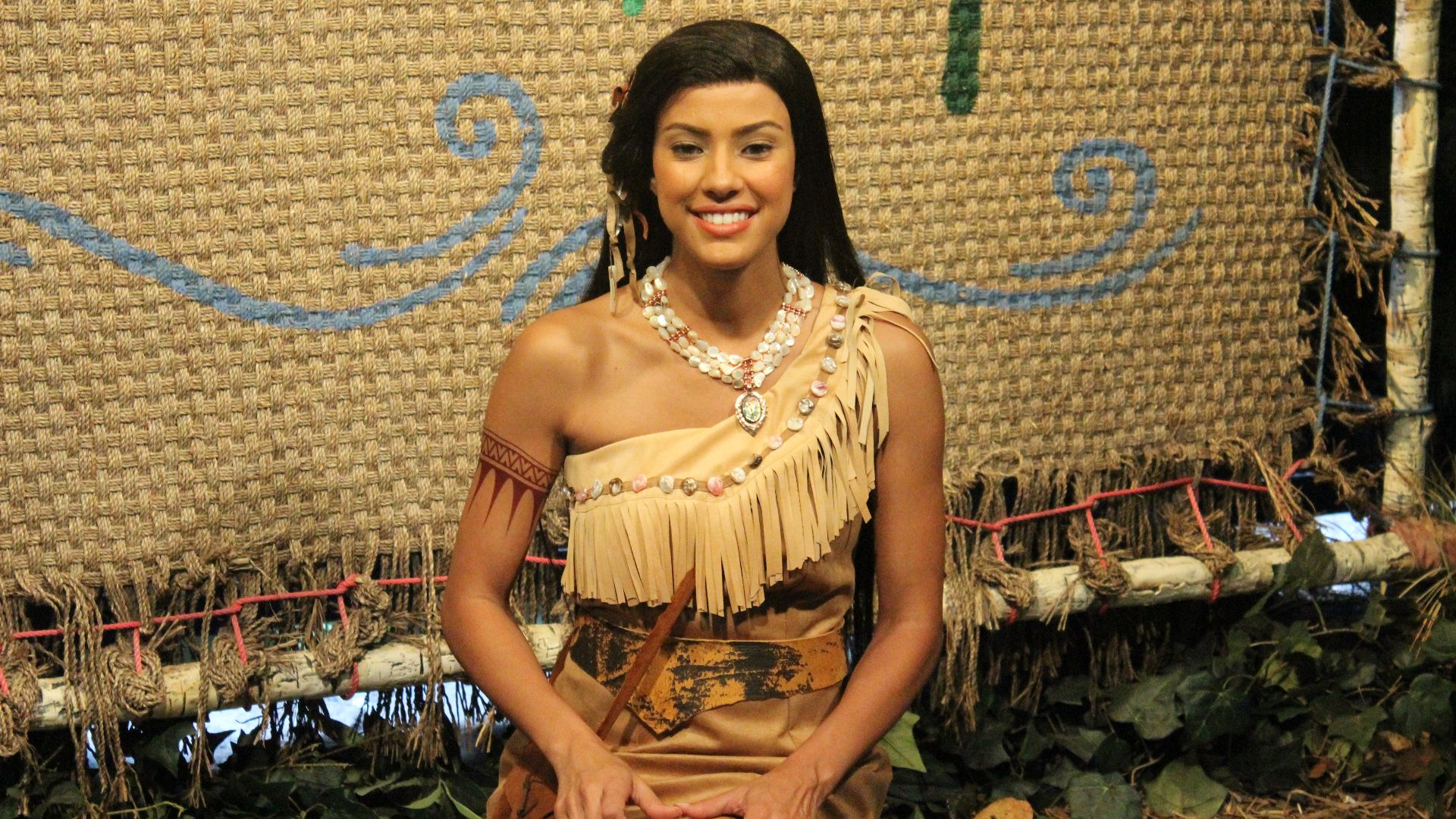 Theme Park Tourist on Wikimedia
Theme Park Tourist on Wikimedia
19. Her Conversion Was Used To Justify Colonization
English clergy praised Pocahontas's baptism as divine proof that Indigenous people could be "saved." Her conversion fueled sermons and pamphlets that encouraged more colonization. You won't find Powhatan voices in those texts—only colonial applause.
20. Her Death Marked A Turning Point In Colonial Relations
After Pocahontas's death in 1617, peace unraveled. Within a few years, tensions between the Powhatan and English reignited, leading to the Anglo-Powhatan Wars. Her absence removed a symbolic bridge between worlds. Without her, diplomacy faltered, and conflict surged across the Tidewater region.
KEEP ON READING

New Moon, Old Red Paint: A History Of The Chinese…
Ancient Emperors Ate Dumplings. The Chinese New Year is a…
By Megan Wickens Jan 28, 2025
The Biggest Thinkers Of All Time & Their Theories
We're Still Learning From Them Today. From Charles Darwin to…
By Emilie Richardson-Dupuis Jan 29, 2025
20 Wives From History That Are Cooler Than Their Famous…
"Behind Every Great Man, There Is A Woman". Many powerful…
By Megan Wickens Jan 14, 2025
20 Greatest Poets the World Has Ever Known
Beloved Poets of Our Time. There's more to poetry than…
By Christy Chan Jan 14, 2025
From School Plays To Starting A Cult: 20 Of The…
The Books That Made Us. Many people will tell you…
By Farva Ivkovic Jan 31, 2025
20 Facts About Jane Grey, The Forgotten Queen Of England
A Quick, Messy, and Tragic Reign. Lady Jane Grey never…
By Maria Cruz Jan 31, 2025

